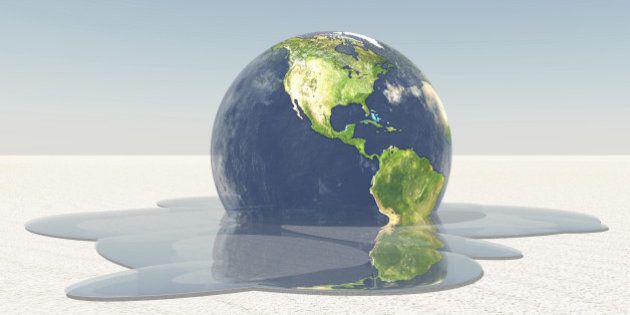
The United Nations Sustainable Development Goals (SDGs) at first glance may seem like another ambiguous petition-like international call to action that seriously lacks an implementation strategy. This is not entirely untrue. We cannot dispute the ambiguous nature of the goals, of which there are 17, and aim to fix every conceivable developmental issue you can think of by 2030. What's interesting however, is that the SDGs use as its strengths exactly this weakness: ambiguity. As a result, there has been no better time nor catalyst for youth participation on a global initiative than the SDGs.
The SDGs are a commitment ratified by the United Nations and 193 signatory states -- the largest participation since the UN's inception. These SDGs are not about environmentalism; they're about the sustainable direction of the world -- be it social, socio-economic, or environmental. No longer are these goals a matter of lobby groups or tree huggers, these are global realities and people are slowly realizing this.
The SDGs use the ambiguity of the program as an agent for inclusivity amongst a host of stakeholders with varying capacities to contribute. Be it a student group at a Toronto high school or UNICEF, both stakeholders have a place in bringing to fruition the SDGs. It's a way of creating an umbrella framework to motivate, sustain and legitimize small initiatives along with large multi-national ones. This ambiguity and inclusivity is most beneficial however, in creating the possible platforms for active youth participation. Unproven and new organizations led by youth, now have something as a framework to latch on to -- even if it's as superficial as having an excuse to name drop the United Nations. A controversial thought, yes, but I find merit in having inexperienced organizations that are desperately trying to do some good in a tough non-profit market, to be given a little support. The means may be superficial, but the ends certainly are not -- the SDGs give new and young stakeholders an opportunity to legitimize.
For many young people, when we talk about youth participation and involvement, it's received with a heap of skepticism, and for good reason. When organizations and movements talk about youth participation, there are too many instances where they just mean, symbolically participatory. But no longer can youth participation be an agent of symbolism, it is now a requirement for global sustainability, especially as it pertains to the SDGs. Young people are undoubtedly the most important stakeholders, largely because we have the highest stakes to lose when it comes to the future of sustainability. The onus lies in the hands of SDG supporting organizations to integrally involve youth in their processes and more importantly, youth also have to realize this opportunity for themselves.
Understandably, it's easier said than done when we talk about 'seizing opportunities' -- there are no allusions here. In fact, the most difficult aspect of participation in open ended social movements like this, is feeling like you don't have the right expertise, or the right excuse for engagement. In this case however, the SDGs is the excuse, the program's ambiguity and inclusivity should elicit confidence, and sustainable development is a topic that is inherently dependent on some form of youth expertise.
The very initial steps to getting involved are also challenging, so I'll make it easy. Check out the work of the United Nations Sustainable Development Solution Network Youth Team (SDSN Youth). They're awesome and would love to work with as many young people as they can -- Google them right now. Next, you can look into a whole host of organizations across Canada that are doing work for the SDGs, directly or indirectly. Call them, email them and visit them -- be relentless and shameless if you want to get involved. The opportunities are plentiful especially because the SDGs have only been recently launched and have a novelty to them. Just remember, that at the heart of this initiative, lies the imperative of youth participation -- in fact, the success of the SDGs depends on it, so let's get started.
ALSO ON HUFFPOST:
